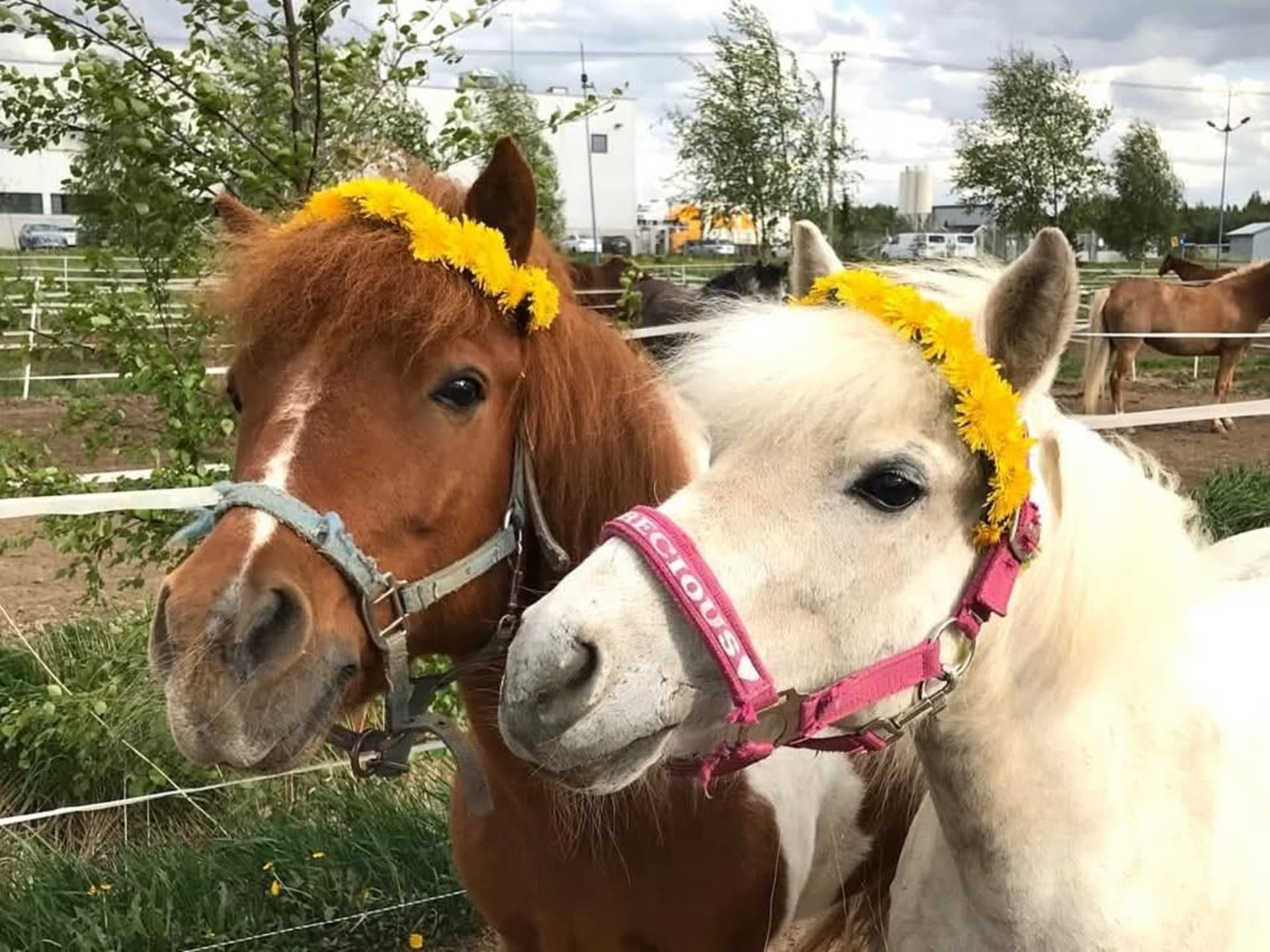Horseback riding
Riding in groups / Private lessons / Tailored group lessons / Coaching / Leisure and relaxation days / customized company events / pony riding / pony agility
A typical horseback riding lesson usually follow this structure:
1. Warm-up:
• The lesson usually begins with a warm-up, where riders spend some time walking and trotting to get both themselves and the horse ready for the work ahead.
• The instructor may also lead stretches or exercises to help with posture and balance.
2. Flatwork:
• This part focuses on basic exercises like riding at different gaits (walk, trot, canter) and practicing transitions between them.
• Riders work on improving their control, balance, and communication with the horse.
• The instructor may guide the rider through different patterns, such as circles or figure eights, to help develop proper riding techniques.
3. Skill Development:
• Depending on the rider’s level, this part can focus on specific skills such as jumping, lateral movements, or advanced riding techniques.
• The instructor might break down each skill into smaller parts and provide feedback for improvement.
4. Cool-down:
• The session typically ends with a cool-down, which includes walking the horse to help it relax.
• Riders may also do some post-ride stretching to prevent muscle strain.
5. Feedback and Discussion:
• After the lesson, the instructor will usually give feedback on the rider’s performance, highlighting strengths and areas for improvement.
• Riders may have the opportunity to ask questions or discuss any challenges they faced during the lesson.
This is a general outline, but each lesson can vary based on the rider’s skill level and the focus of the lesson.
In our riding lessons, you also have the opportunity to groom and tack up the horse before the lesson and untack and care for the horse after the lesson. This gives you a full experience of horsemanship, not just riding, and helps you build a stronger bond with the horse.





